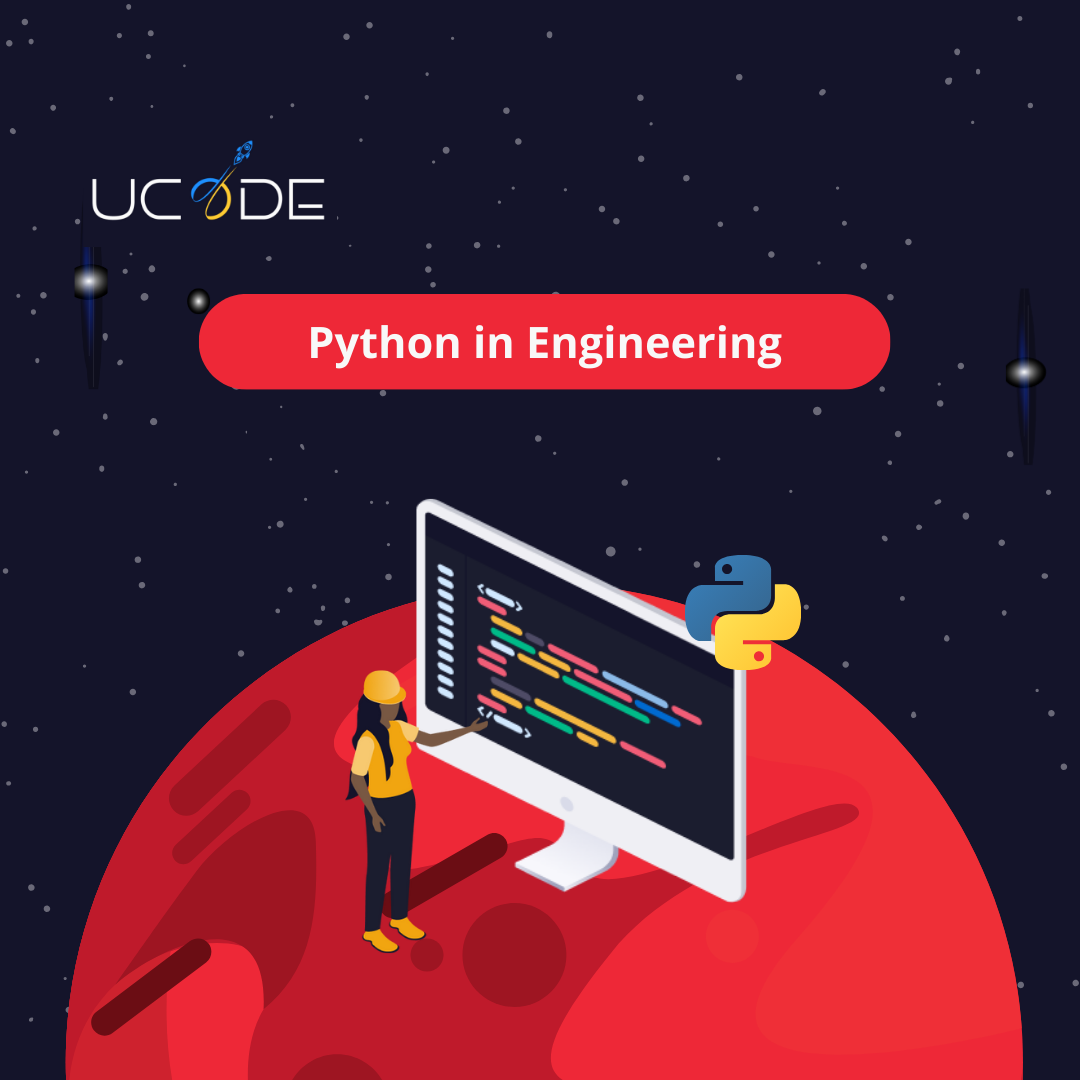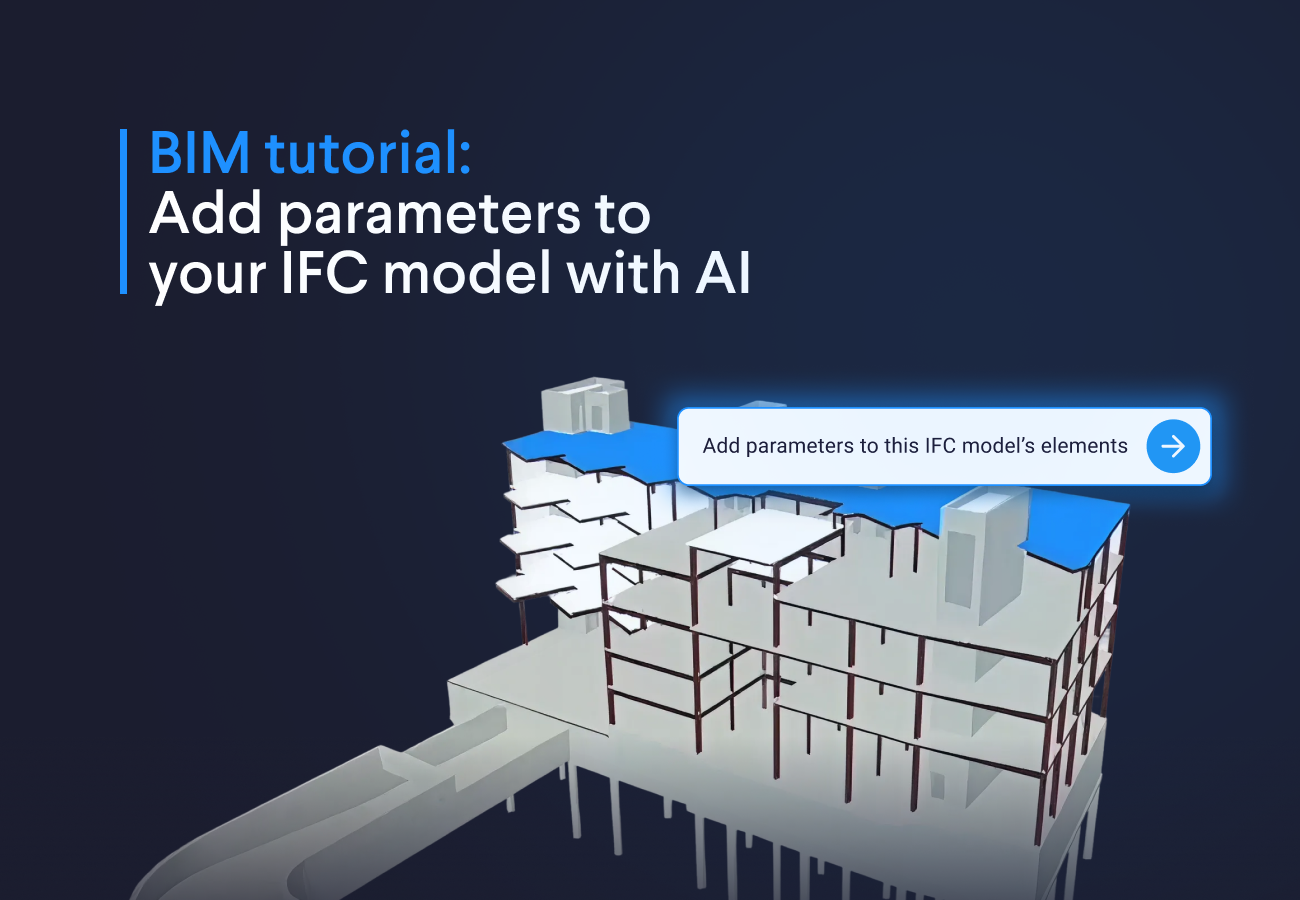November 28, 2023
Python for engineers: automating AEC workflows
by VIKTOR Team

Pragmatic Programming for Engineers
by Timo Harboe Zollner (Timo Harboe ApS)
In his UCODE presentation, Timo wants to show non-programming experts how easy can it be to use Python to their advantage. Giving demos of four tools he created to help himself solving everyday tasks, he explains how using these tools makes engineering work more efficient and faster compared to doing the same things manually. With the help of ChatGPT, Timo show that it now takes him minutes to make an apps and save hours of development!
Keep reading or watch Timo's presentation to learn more about each of them.
Plotting building behavior with ETABS
You can use ETABS to generate insightful analysis of a building's behavior and effectively communicate this output with other stakeholders. Frustrated with complex Excel templates prone to errors, Timo used ChatGPT to get assistance with the programming. He uploaded an Excel sheet to ChatGPT, which generates code snippets, incorporating these into his own code editor after making some minor adjustments. In just five minutes, Timo creates a script capable of processing ETABS data that also produces nice reaction plots for the building's foundations! Look at the demo at min 03:36 of the full presentation.
Web scraping with Python
Using ChatGPT, Timo developed a tool that extracts information from a specific website listing used cars for sale. The tool made faster to look for various car models and have access to a comprehensive overview of all cars available for sale in Denmark, including information on details like mileage, price, and manufacturing year.
This example shows the power of leveraging little programming to automate everyday time-consuming manual tasks that involve repetitive actions or a large amount of information. You can watch the steps that took Timo to develop this tool at min 08:49.
Creating reports with Python
Timo proves how easy is to use Python to create clear reports by giving an example of a beam calculation, displaying the parameter and including the corresponding calculation with an expanded formula. The approach is very scalable: as reports grow in complexity, Python becomes an excellent tool for creating and changing the reports. The flexibility of adjusting input parameters, incorporating loops, automatically saving images, exporting data, and generating beautiful plots makes Python a great asset in the creation of comprehensive and visually clear reports. This tool stands out from other reporting software for some features, for instance, as Timo says at min 11:26, it has an insane amount of visualization libraries!
Watch all the demos of Timo's tools in his full presentation at UCODE 2023.
The future of Digital Engineering and how VIKTOR plays a role in it
Marcel Slootweg (VIKTOR)
In his presentation, Marcel explores the challenges faced by the engineering industry and broader industry-wide issues. Drawing from conversations with fellow engineers and reflecting on his own journey, Marcel identifies a common frustration: the repetitive tasks. The need to address this repetitive workload motivated Marcel to develop digital tools to automate tasks with VIKTOR.
Engineers' challenges
Engineers often face challenges in finding the right data for their projects and dealing with changing requirements that need edits to their well-optimized designs. To cope with these challenges, many engineers create their own tools and digital solutions to automate processes. However, another challenge arises when it comes to sharing these digital tools with other stakeholders.
Industry’s challenges
Marcel now shows some of the most common industry challenges: budget constraints, compliance issues, workforce, and evolving environmental considerations. Starting with budget constraints, the issue occurs when lead engineers have to prioritize billable tasks over developing tools. Talking about compliance requirements, which seem to become stricter each year, the challenge appears when navigating through industry regulations. While regarding environmental considerations, that have evolved beyond cost-focused approaches to include sustainable development and CO2 analysis, there is an increase of complexities to deal with in decision-making. Finally, the workforce is also important in an industry that often faces the dilemma of having to achieve more with fewer resources, while managers aim to keep workforce satisfaction. In terms of optimizing processes in the industry to face these challenges, Marcel notes that it is not always easy for engineers to do so, for example when the most cost-effective option may not always be the most environmentally friendly. This puts the industry in a tight spot when it comes to balancing economic and environmental concerns. Follow what Marcel says about the challenges of engineers in the AEC industry from min 03:53 of his presentation!
Automation and collaboration with Python and VIKTOR
Considering the challenges faced in the industry, Marcel shares his solution: building Python-based apps in VIKTOR. But what are the perks of using VIKTOR according to Marcel? He talks about them at min 10:37.
-
VIKTOR helps engineers build applications for the automation and optimization of processes, aiming to empower organizations in their digital transformation;
-
VIKTOR has built-in integrations for a facilitated collaboration between team members, recognizing that engineers will often use existing software in their projects;
-
VIKTOR's platform enables engineers to deploy and share applications, fostering a collaborative environment: engineers can discover tools created by their colleagues, and managers can efficiently manage projects.
Watch Marcel's full UCODE 2023 presentation to see a demo of the VIKTOR platform.
People, Process, Technology. Automating Design at Costain
by Joseph Kearney (Costain)
Joseph– Costain’s Automated Design Lead - takes us on a tour through Costain’s efforts in automating and enhancing their designs. As a team, they navigate the entire design delivery lifecycle, spanning feasibility studies, detailed design, and giving support to on-site teams during construction projects.
What are they automating?
The Automation Design Team at Costain plays a crucial role in integrating automated design capabilities into the in-house design and engineering team. This is important to ensure that the automation team works collaboratively with designers and engineers.
Joseph breaks down for us what they do as a team across the design delivery life cycle:
-
Optioneering Solutions: developing parametric tools that enable the team to quickly explore different options and make informed choices;
-
Computational Engineering: automating tasks such as structural analysis for simple repetitive designs (i.e. reinforced concrete slabs supporting kiosks or tanks);
-
Process Automation: Engineers use different software tools and handle data manually, processes that can be very long. Therefore, they aim to automate this data transition, reduce manual efforts, and enhance overall efficiency.
Listen more about the synergies between the automation design team and the teams of engineers at Costains during their processes at min 02:26.
Why are they automating?
Joseph explains that it takes lots of time to explore different solutions manually, which leads to only a small number of these solutions being feasible to investigate (due to budget and time constraints). On the other hand, by automating processes, it is possible to explore and assess many design options quickly and efficiently and, in this way, be able to also deliver much more value to the client.
Notably, the teams at Costain aim to make also the engineering knowledge more scalable by automating design processes. The knowledge of every team member can be captured and used for future projects, avoiding starting from scratch with each new project. Smart!
Before moving to 2 practical examples on design automation made at Costain you can go to min 03:54 to hear Joseph speaking of the all the reasons behind automating processes.
Automating the design of long linear infrastructure projects
In this paragraph Joseph talks about the design process for long linear infrastructure projects using their ‘’U Route” tool (applied to multiple energy and decarbonization projects in the UK). This tool integrates geospatial data with engineering analysis to optimize the routing of pipelines across the country in a transparent, repeatable, and scalable manner. With U Route, engineers can easily consider geospatial data (like occupied houses, shortest route, steep terrains) to avoid unsuitable paths and additionally, rate the available paths and pick the most suitable one for the project conditions (like budget and timeline).
Very interisting to know that the logic behind U Route is adaptable, and is now being extended to other linear infrastructure projects, such as rapid transport schemes and high-voltage cables. In short, the tools combines GIS tools with engineering insight, and is built using a visual script to engineers the ability to fine-tune the script as needed. Let Joseph guide you to understand more about it at min 08:00 of the full presentation.
Haul Road Optioneering
Costain's sustainable design team is collaborating with their automation design team on the development of a decision-making tool, tailored for several types of site Haul Roads. The tool aims to quantify the overall embodied carbon of an entire road and when combined with materials and maintenance costs, it will empower their site teams to quickly review alternatives for Haul Roads, make informed decisions and eventually, reach a design that minimize cost and embodied carbon. During this planning phase, the teams are exploring how to use the tool to digitize the decision-making process by asking questions and exploring alternatives. For example, what sustainable material can be used for the Haul Road? The tool generates live comparisons between different options. Additionally, it shows how adjustments in various material parameters can alter the Haul Road's environmental performance. You can take a look at the visualization of this work in progress tool at min 13:43.


